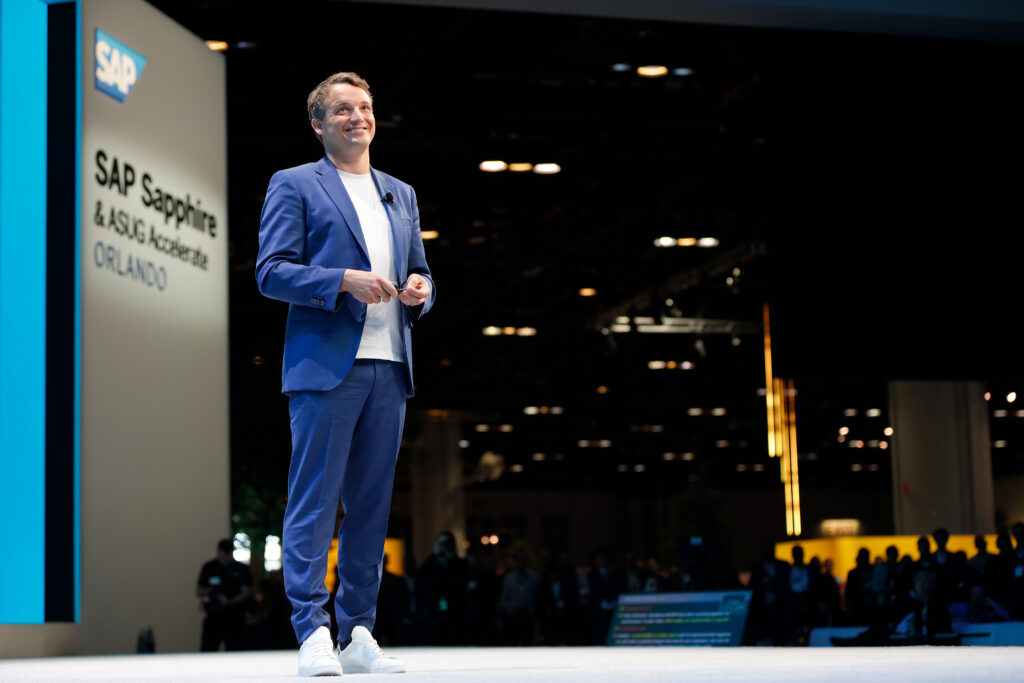SAP SE has announced this year’s schedule for the release of its Q3 and Q4 financial results.
Its Q3 2023 earnings release will be available on 18 October at 10:05 PM CEST, 9:05 PM BST and 4:05 PM EDT.
The financial analyst call will take place on 18 October at 11:00 PM CEST, 10:00 PM BST and 5:00 PM EDT.
Meanwhile, the Q4 2023 earnings release will come out on 24 January 2024 at 6:00 AM CET, 5:00 AM GMT and 12:00 AM EST.
The Q4 financial analyst call will take place on 24 January 2024 at 7:00 AM CET, 6:00 AM GMT and 1:00 AM EST.
Taking a look back at SAP’s previous financial releases throughout the first half of 2023, Q1 results beat analysts’ expectations, with cloud revenues totaling €3.18bn, an increase of 22 percent at constant currencies. Cloud revenue for SAP S/4HANA totaled €716m, an increase of 75 percent at constant currencies. Its first financial quarter saw a variety of collaborations and partnerships including the University of Nottingham, Red Hat, GAMA, BMW Group and Databricks among others.
However, SAP’s Q2 results failed to meet analysts expectations, despite showing cloud revenue growth of 19 percent, up 22 percent at constant currencies. This downtick could be explained by SAP’s CEO Christian Klein announcing that new innovations would only be available in the cloud, specifically SAP S/4HANA Cloud, public edition or SAP S/4HANA Cloud and private edition through RISE with SAP. Innovations include AI, generative AI and sustainability capabilities, with the inability to put AI in a hugely customized application as it requires a cloud environment.
Since then, SAP has seen a string of significant moves that just might set them on course for a successful second half of the year.
At the end of July, SAP made an investment in its Australian and New Zealand (ANZ) operations, involving the establishment of secure facilities and the creation of up to 70 new full-time specialist roles to support the general availability of its sovereign cloud capabilities in the region.
Early August saw the company take a bold step towards environmental sustainability as it launched a comprehensive supply chain engagement program. The initiative is designed to tackle Scope 3 greenhouse gas (GHG) emissions, to address indirect emissions along a company’s value chain.
Following this, SAP and BT Group unveiled a new partnership at the beginning of the month to showcase how carbon accounting can be standardized by piloting the SAP Sustainability Data Exchange (SDX). SAP SDX allows BT Group collect, trace and share carbon data across its supplier base, to provide visibility into the carbon footprint of its products and services. BT Group can share this data directly with its customers when they purchase products through the SAP Business Network.
September additionally brought the news that SAP intended to acquire EAM software company LeanIX. More details can be expected in SAP’s coming financials, as it looks to close the transaction in the fourth quarter of 2023, subject to customary closing conditions and regulatory approvals.
But perhaps SAP’s biggest shake-up was the creation of a brand new global head of AI role, appointed to Walter Sun. The move marked a significant change for Sun after an 18-year run with Microsoft, leaving his role as VP of Copilot Applied Artificial Intelligence for business applications.
From appointments and investments to environmental sustainability, the question remains whether these significant changes will impact SAP’s coming financials. Find out the latest from SAP’s Q3 financials on 18 October.




